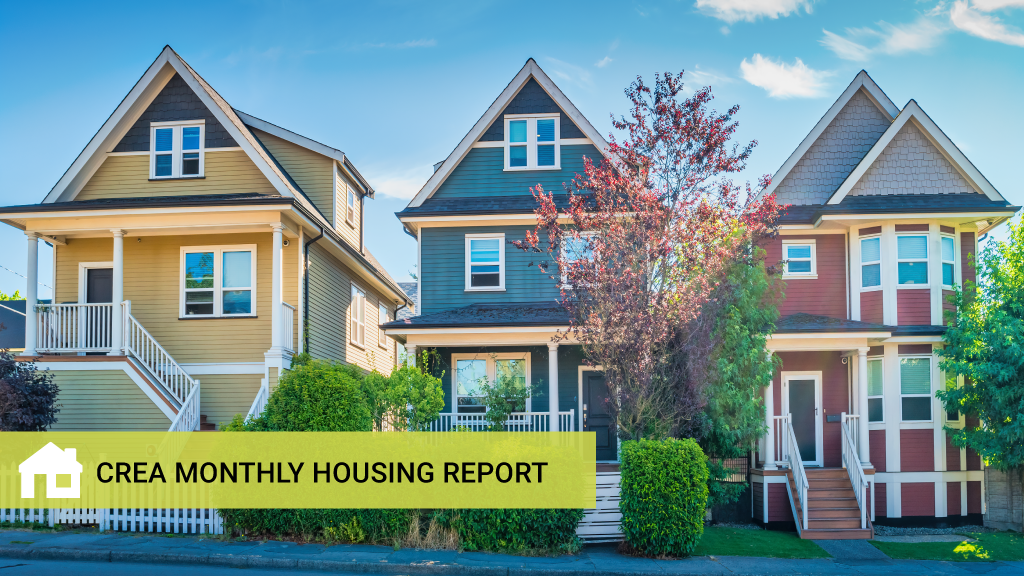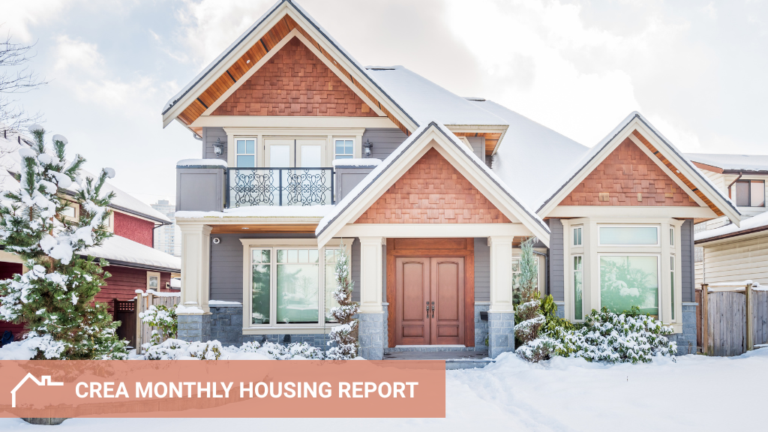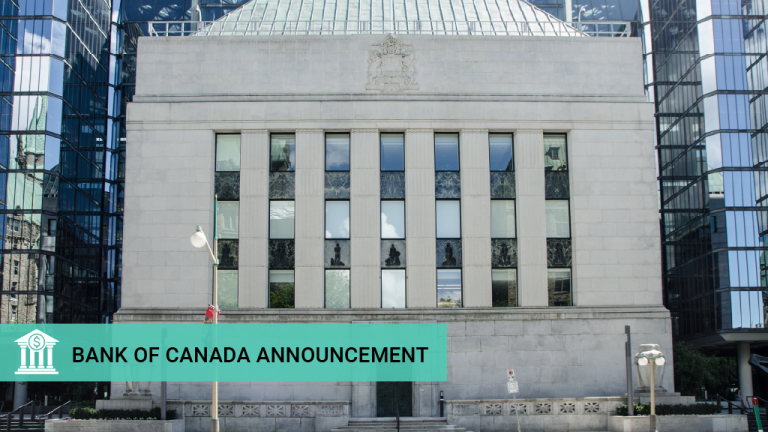
Canada’s housing market continued to slow in March 2025, with home sales falling for the fourth month in a row, according to the latest market report from the Canadian Real Estate Association (CREA).
Rising uncertainty stemming from the ongoing tariff dispute with the United States, coupled with the looming federal election, is causing many homebuyers to adopt a wait-and-see approach. Typically a period of brisk activity, the spring market is instead experiencing a notable slowdown. The impact has been most pronounced in Ontario and British Columbia, but softer sales are now evident in nearly every market across the country.
Sales reach lowest level since March 2009
In March, national sales decreased 4.8% from February, pulling activity 20% below the recent peak reached in November 2024.
On a non-seasonally adjusted basis, national home sales were down 9.3% year over year in March. This marks the weakest sales performance for the month of March since the aftermath of the 2008 financial crisis.
“Up until this point, declining home sales have mostly been about tariff uncertainty. Going forward, the Canadian housing space will also have to contend with the actual economic fallout. In short order we’ve gone from a slam dunk rebound year to treading water at best,” said Shaun Cathcart, CREA’s Senior Economist, in the report.
Inventory builds as sellers return to the market
New listings posted a modest 3% gain month over month in March, which, combined with the drop in sales, caused the national sales-to-new listings ratio to fall to 45.9%, the lowest level recorded since February 2009.
At the end of March, there were 165,800 properties listed for sale on Canadian MLS® Systems, an 18.3% increase compared to a year ago, though still slightly below the long-term average for this time of year, which sits around 174,000. There were 5.1 months of inventory on a national basis at the end of March, the highest level since early in the pandemic.
Prices begin to soften in key markets
Home prices have started to reflect the shift in demand. The National Composite MLS® Home Price Index fell 1% from February to March, the steepest month-over-month decline since November 2023.
The pullback was most visible in British Columbia and Ontario’s Greater Golden Horseshoe. In contrast, prices continued to edge up across much of the Prairies, Quebec, and the East Coast.
On a year-over-year basis, the Home Price Index was down 2.1%. The national average home price came in at $678,331 in March 2025, a decrease of 3.7% from the same month in 2024.
“While the trend of falling monthly sales has been observed across Canada over the last few months, there are still many regions where sales are high, inventory is near record lows, and prices are rising,” said Valérie Paquin, Chair of CREA’s Board of Directors. “There are also parts of the country with historically low sales and the highest inventory levels in a decade or more.”
CREA downgrades 2025 price forecast
Based on current sales and pricing trends, CREA adjusted its home price forecast for the upcoming year.
The national average home price is expected to decline by 0.3% for the year, landing at $687,898, approximately $30,000 less than what was forecast earlier in January.
British Columbia and Ontario are forecast to see minor price decreases, while price growth in other provinces has been revised down to the 3% to 5% range.
Looking ahead to 2026, national home sales are projected to increase by 2.9% to 496,487 units. Even with this gain, it would mark the fourth consecutive year with sales below the half-million mark. The average home price is expected to rise modestly by 1.2% in 2026, reaching $696,074.




